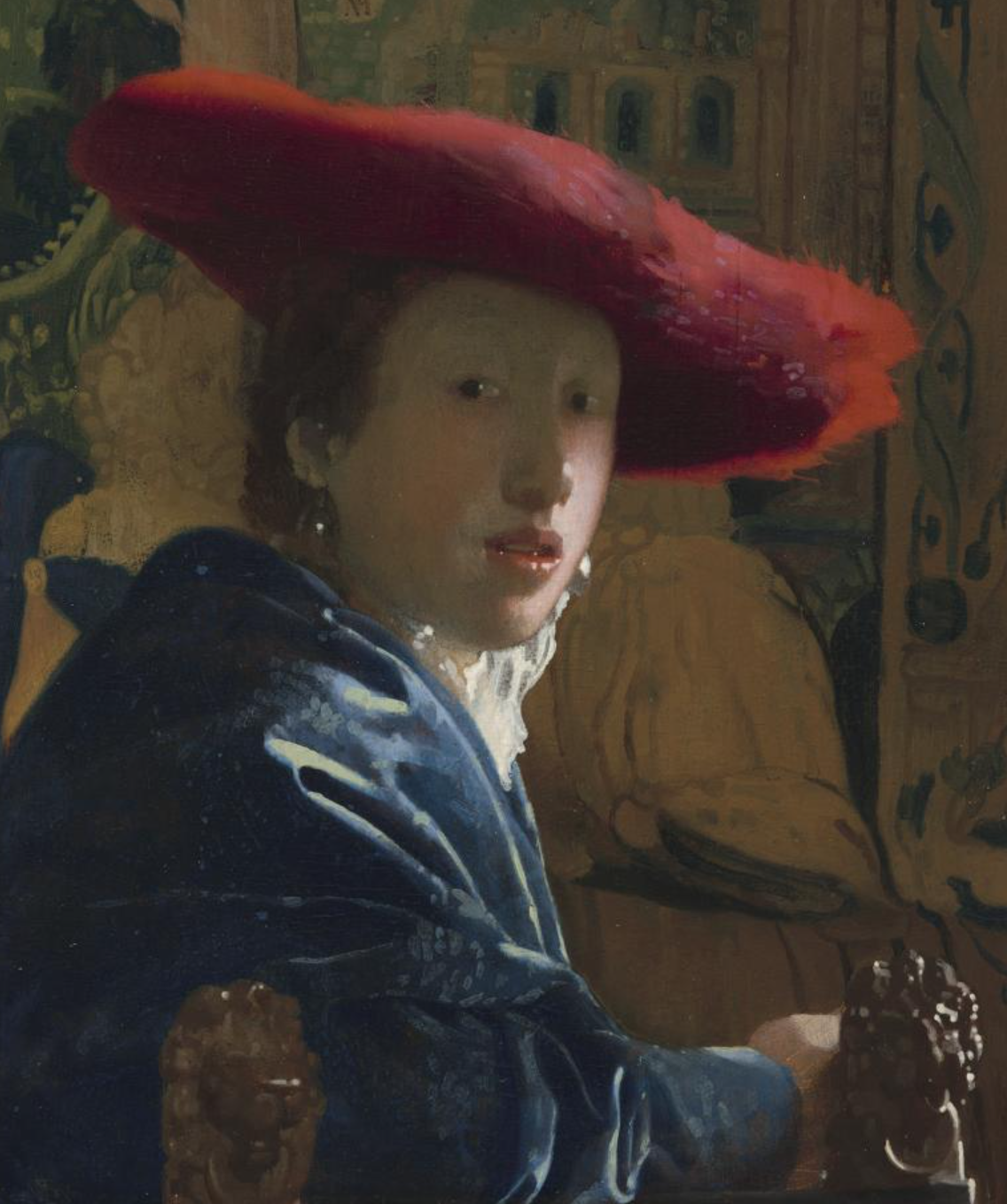The new temporary exhibition at the National Gallery, which opened February 24, is definitely turning heads. It will remain open until May 26, so there’s plenty of time to visit and experience it firsthand. The exhibition takes the visitors through five sections filled with paintings by Dutch and Flemish artists, each targeting a different characteristic of a portrait. It is these characteristics which define the exhibition and set it apart from others: an exposition of how most revered masters such as Rembrandt, Vermeer and Ruben’s, played with emotion and expression through tronies.
“The focus is on artistic techniques as opposed to the sitter themselves, which is what makes this exhibition intriguing.”
So what is a tronie? The first part of the exhibition is dedicated to explaining the Old Dutch term for a specific picture type that depicts a face. Unlike a portrait, the identity or status of the sitter is unimportant. The focus is on artistic techniques as opposed to the sitter themselves, which is what makes this exhibition intriguing. No pose or expression is the same and there is always a good reason for it. Studying people from real life was an integral part of these artists’ training.
Some of those sketches were later used in paintings, which have a greater focus on narrative. One painting that captured my attention was the “Three Head Studies of a Bearded Old Man” by Peter Paul Rubens. Although it looks like there are three separate heads, it is just one shown in motion. The focus lies on portraying the head in a three dimensional way, in particular how the expression would change along with the movement. The bearded figure is later echoed in Rubens’s mythological paintings. The identity of the status of the sitter is not important as the focus lies on the expressions and lighting.
The main reason why the Low Country artists were interested in this style of face painting was that they were not limited by the constraints of conventional portraiture. The perfect example of this is Wenzel Hollar’s “Deformed Heads of a Man with a Cap (Dante?) and a Woman Two Deformed Heads”. In the drawings done after Leonardo da Vinci, the characters are grotesque with exaggerated figures, something that would never be seen in a portrait. The caricatures resemble ones that could be found in modern day newspapers and many of the sitters, though painted several hundred years ago, seem at a glance to be modern.
So, which works are worth seeing? Honestly, I enjoyed them all. They were grouped into five sections: what is a tronie?; studying heads; costume; expression; light and shadow. Each had a short introduction to help visitors understand the importance of the specific element. Though the first room drew my attention the least, when I got to the other rooms I really started to appreciate it. The extravagant costumes like the one in Frans Floris I “Minerva” act as an extension of the expression of the sitter’s face.
“The appeal lies in the surprise derived from viewing such ridiculous expressions, as we are used to seeing men in armour and ladies in fancy dress posing in unnatural ways.”
The best room was the one in which visitors could observe the most grotesque expressions The ones that stood out to me the most were: “The Smoker” by Joos van Craesbeeck, “Youth Making a Face” by Adriaen Brouwer, “The Merry Peasant” by Adriaen van Ostade and the “Thirty-five Character Heads” by Louis-Léopold Boilly. The appeal lies in the surprise derived from viewing such ridiculous expressions, as we are used to seeing men in armour and ladies in fancy dress posing in unnatural ways.
“Turning Heads” is one of the best exhibitions featured recently in the National Gallery. The skillful groupings of the paintings, the crisp lighting in the rooms and the grotesque style of Low Country artists all elevated what is often a disregarded field of art. The exhibition exemplifies that tronies are just as captivating as more traditional paintings – and much more fun.






